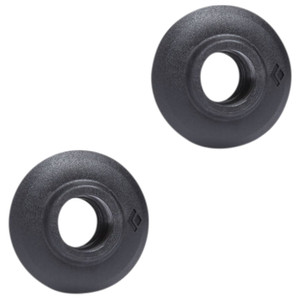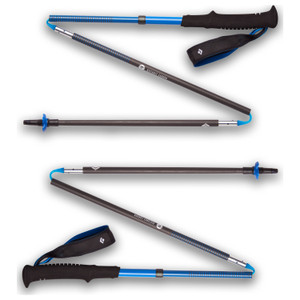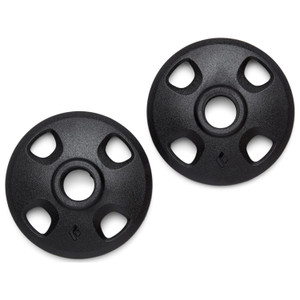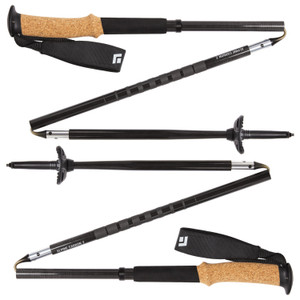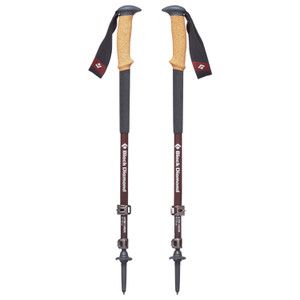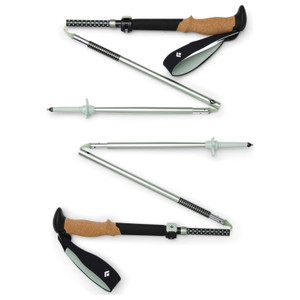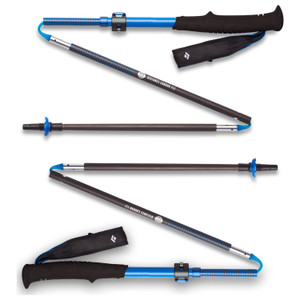Hiking Poles
Hiking poles, also known as trekking poles, are walking sticks designed to help hikers maintain balance, reduce joint strain, and increase stability on various types of terrain. They're especially useful for long hikes, steep ascents or descents, river crossings, and rough or uneven trails.
Key Purposes of Hiking Poles:
-
Balance: Helps you stay stable on rocky, muddy, or uneven terrain
-
Joint Relief: Reduces impact on knees and hips, especially during descents
-
Power & Efficiency: Lets your arms assist in forward movement—reduces leg fatigue
-
Posture: Encourages upright posture, especially with a heavy backpack
-
Multi-use Tool: Can be used to probe water depth, check snow stability, or pitch some tents/tarps
Main Features of Hiking Poles:
1. Material
| Material | Pros | Cons |
|---|---|---|
| Aluminum | Strong, affordable | Slightly heavier |
| Carbon Fiber | Lightweight, absorbs shock | More expensive, can snap under heavy pressure |
2. Adjustability
-
Telescoping poles: Collapse and extend with locking mechanisms
-
Folding poles: Break into sections (more compact)
-
Fixed-length poles: Lighter, but non-adjustable
3. Grips
-
Foam: Soft and absorbent (good for sweaty hands)
-
Cork: Comfortable, molds to hand over time, resists moisture
-
Rubber: Durable, better for cold weather, but can cause sweating
4. Tips
-
Carbide or steel tips for traction on rock and dirt
-
Rubber caps for pavement or to reduce trail damage
-
Snow baskets or mud baskets help prevent sinking into soft terrain
How to Use Hiking Poles Properly:
-
Adjust pole length so your elbow is at a 90° angle on flat ground
-
Shorten poles when going uphill for better leverage
-
Lengthen poles when descending to reduce knee stress
-
Plant poles diagonally opposite your stepping foot for balance
Pros:
-
Improves stability and safety
-
Reduces fatigue and joint impact
-
Useful for stream crossings and slippery trails
Cons:
-
Adds weight and gear to carry
-
Can be awkward in dense vegetation
-
Requires coordination and technique
Summary:
Hiking poles are versatile tools that enhance stability, reduce joint stress, and improve endurance during hikes. Whether you're trekking up a steep mountain or navigating a rocky descent, they can make your hike safer and more efficient.
Would you like tips on choosing the right pair or learning how to size them correctly?



